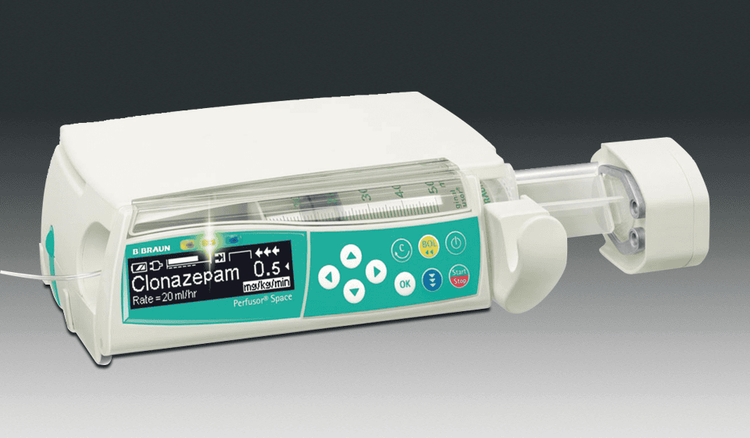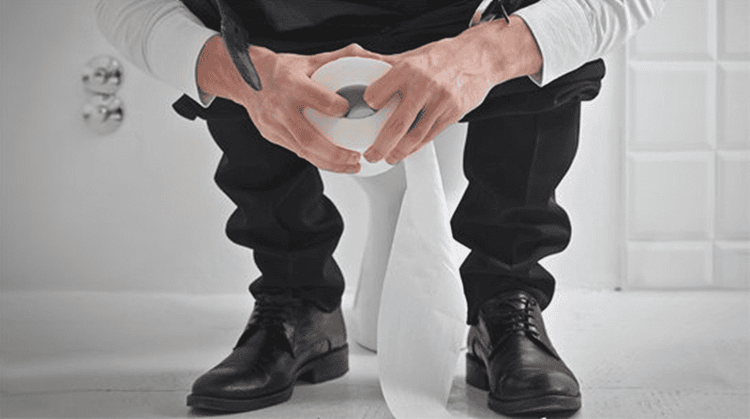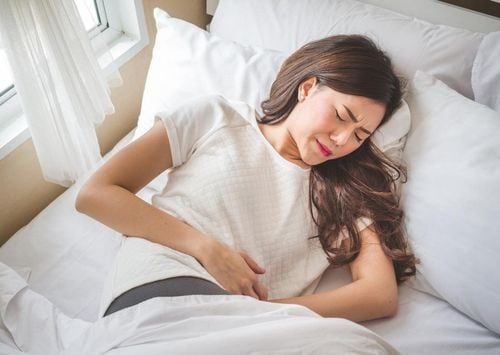This is an automatically translated article.
The article was professionally consulted by Specialist Doctor I Tran Thi Anh Hien - Anesthesiologist - Anesthesiology Department - Vinmec Central Park International General Hospital.Anxiety about the pain that may be experienced after surgery is one of the reasons for many people's panic and unwillingness to go to the hospital for examination and treatment. However, with the development of modern medicine, patients can control their pain with PCA method.
1. What is patient self-management of pain?
Patient-Controlled Analgesia (PCA) is a method of pain relief that allows patients to self-manage their pain. Patients do not need nurses or doctors to inject drugs for themselves, but can do it themselves by pressing a button on a special device – called a PCA pump to deliver pain medication into a vein through a connecting wire ( IV) has been installed.2. Working mechanism of PCA
The patient is connected to an injection pump containing pain medication, which is connected by a wire to a vein in the patient's arm. The PCA analgesia machine has a hand-held button so that when the patient presses the button, the pump will inject a certain amount of pain medication into the body. Thus, only patients with the ability to press a hand-held button connected to a PCA analgesia machine can be applied using this method. The doctor or nurse will help the patient decide if PCA is right for the patientSince the patient feels his or her pain better than anyone else, only the patient is clicked button on the PCA pain reliever. Based on the medical history and weight of each person, medical professionals will pre-programmed the amount of pain medication at certain times.
At the same time during the process, the medical staff will also observe the level of pain relief and the number of times the patient presses the button. From there, a change in dose or time between infusions can be made so that the pain medication is most effective.
Patient can press the hand button whenever feeling uncomfortable. Family and patients can be completely assured because PCA pain relievers have been programmed to prevent drug overdose.

Máy bơm PCA giúp người bệnh tự kiểm soát cơn đau
3. What is the drug delivered from the PCA pain reliever and how does it work?
Medicines delivered from PCA pain relievers are Opiate drugs eg Morphine. The mechanism of action of opiate drugs is to block pain signals before they are transmitted to the brain. Usually within 10 minutes of pressing the button, the patient will begin to feel less pain.Besides, the patient may be prescribed to use other pain relievers such as Paracetamol or anti-inflammatory drugs. The combination of these drugs helps patients reduce pain as effectively as possible.
4. Some instructions for using the PCA
Doctors and nurses will teach the patient how to use the PCA pain pump right from the start. However, the patient should note that after pressing the button, wait a few minutes to see if the pain is reduced or not. If the pain still does not decrease, the patient can continue to press the PCA button again. In cases where the patient is unable to manage his or her pain to an acceptable level, the nurse should be informed.The patient can use the PCA pain pump for as long as needed. After surgery, the patient is usually given pain medication through an intravenous line connected to a PCA until the pain is well controlled with oral medication.
When the patient's condition gradually improves and the pain subsides, the patient will press the button less. The dose of pain medication will be gradually reduced until the PCA pump is no longer needed.
5. Advantages and disadvantages of patient self-management of pain
5.1 AdvantagesPatients can actively manage their pain with PCA without needing to depend on nurses. Patients on PCA receive more effective pain relief than most other analgesics, are able to move and get out of bed sooner, and recover from surgery faster than PCA is a safe method. provided that only the patient presses the button because only the patient understands his pain level.

Một trong những nhược điểm của thuốc giảm đau là gây táo bón
In some cases, painkillers can cause some unwanted effects such as:
Drowsiness Slow breathing Nausea, vomiting Urinary retention Itching Constipation, slow digestion However, these effects Side effects are very rare. When you see any unusual symptoms, the patient should immediately notify the doctor.
Using a PCA pain reliever pump can be seen as an effective method to help patients manage pain themselves. Above is some basic information about patient self-management of pain.
Graduating from the residency training program, Dr. Tran Thi Anh Hien has experienced many different working environments such as Binh Dan Hospital, Ho Chi Minh City University of Medicine and Pharmacy Hospital and French-Vietnamese Hospital. Before returning to work at the Anesthesiology and Anesthesia Unit - Surgical Anesthesiology Department - Vinmec Central Park International General Hospital
To register for examination and treatment at Vinmec International General Hospital, you can contact Vinmec Health System nationwide, or register online HERE.
SEE MORE
Back pain after cesarean section: What you need to know Managing postpartum labor pains Recognizing the pain of kidney stones











